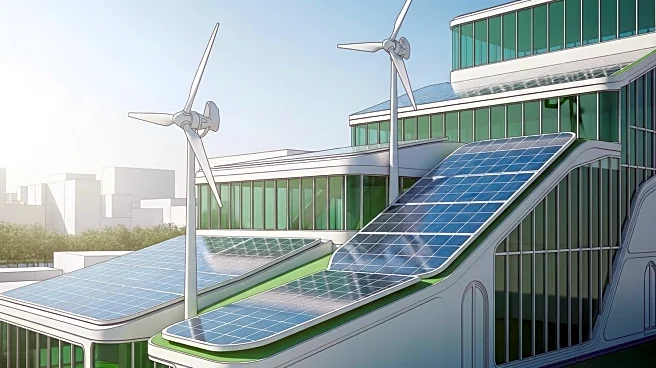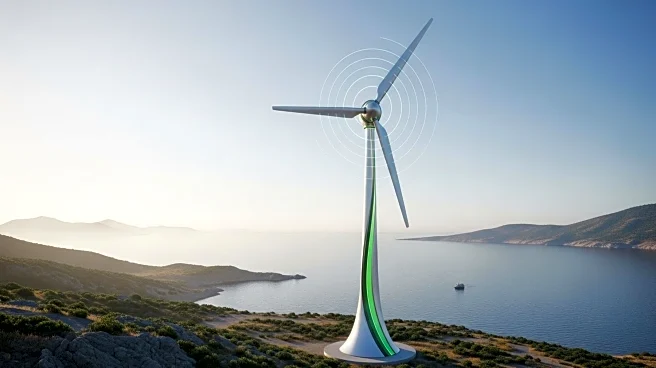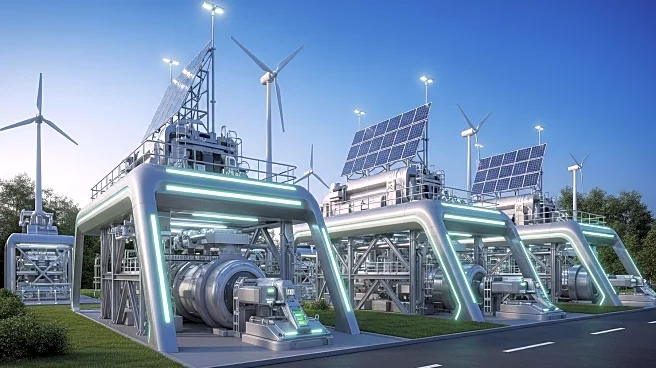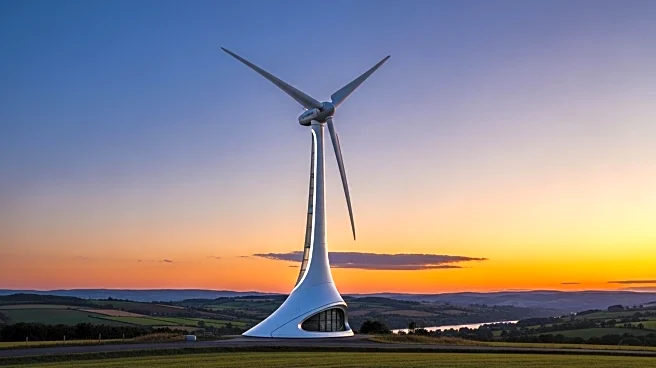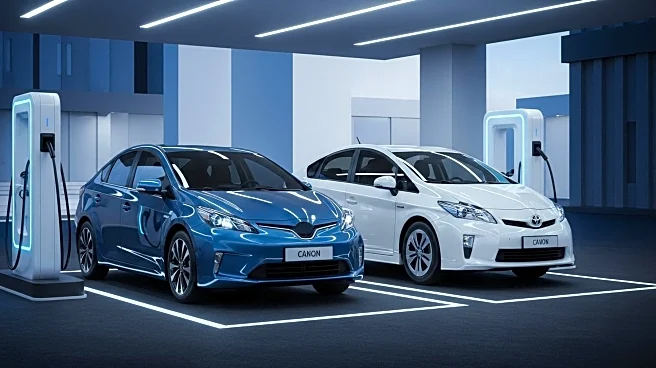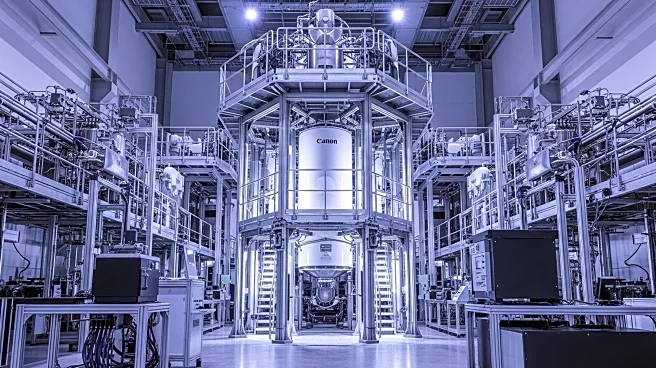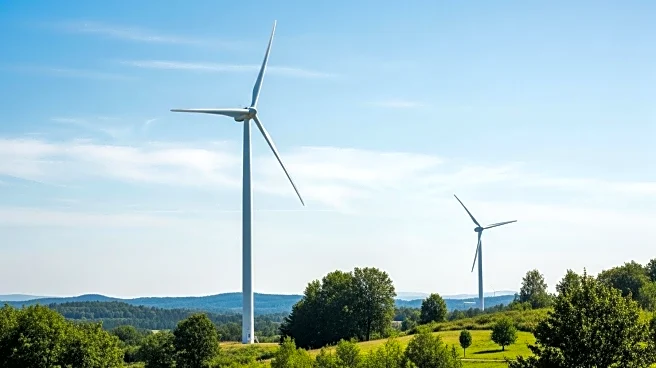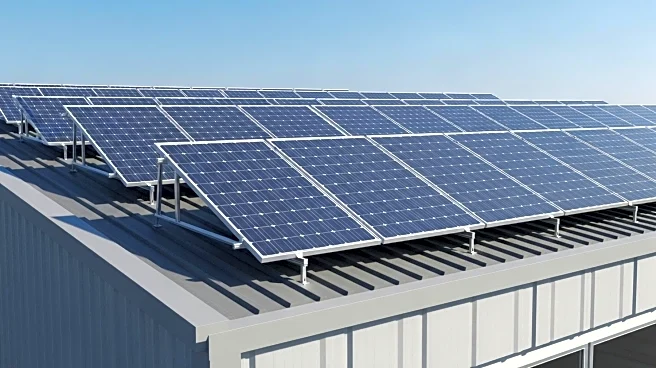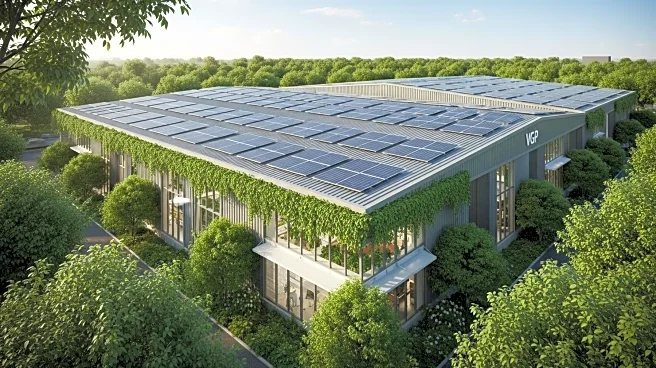What's Happening?
The International Energy Agency projects that buildings will account for nearly half of the growth in global electricity demand over the next decade. Currently, buildings use about a third of global energy and contribute to 28% of energy-related carbon emissions. This increase in demand is driven by population growth, urbanization, and the shift from fossil fuels to electricity. The need for cooling buildings is expected to double by 2035 due to more frequent heatwaves. However, smart building designs, such as passive design and energy efficiency innovations, can significantly reduce energy consumption. These include LED lighting, high-efficiency HVAC systems, and smart building management systems.
Why It's Important?
The anticipated rise in electricity demand from buildings poses a significant climate risk, potentially leading to increased emissions and strain on grid systems. However, it also presents an opportunity for innovation in building design and energy efficiency. By adopting smart design practices, buildings can reduce their energy consumption by up to 40%, contributing to global decarbonization efforts. This shift is crucial for meeting net-zero targets and ensuring sustainable urban development. The transition to smarter buildings can also enhance occupant comfort and well-being, making it a critical area for policy and investment.
What's Next?
As the cost of renewable energy continues to fall, and with increasing pressure to decarbonize, the adoption of smart building technologies is expected to accelerate. Governments and industries are likely to invest more in retrofitting existing buildings and integrating renewable energy sources like solar panels and battery storage. This will enable buildings to become active participants in a decentralized energy grid. The focus will also be on using low-carbon construction materials and techniques to further reduce emissions. These efforts will be essential in managing future energy demand and mitigating climate change impacts.

